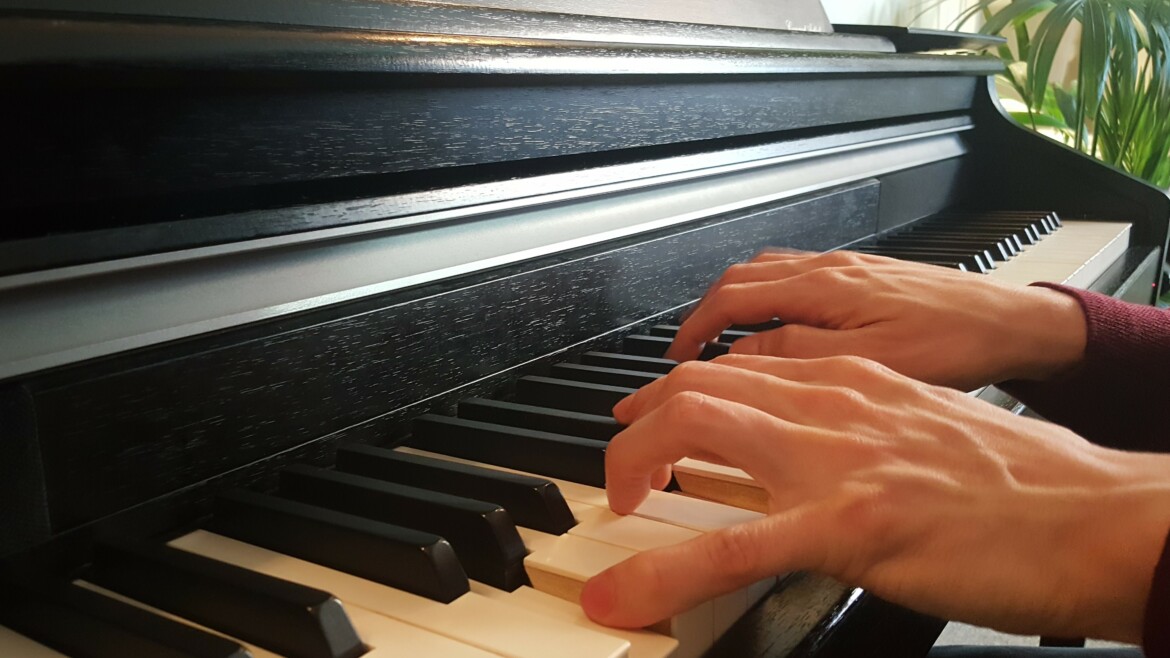The Minor Scales: The Pianist Toolkit
https://www.piano-composer-teacher-london.co.uk/post/minor-scales
All piano students have to play many scales, but lots of confusion happens when it comes to major scales.
For the piano teachers, it is very common to start with the harmonic scales as they are the ones that are asked in the ABRSM syllabus and many believe they are the easiest to start with as they are the same ascending and descending. Still, some clarification is needed for the student, especially at the beginning of the training.
How should we start the study of the minor scales?
Firstly, we should relate them with the major scales, as they are the most ubiquitous and easier-to-play as they don’t change their key signature. Hence the name “relative minor” scales.
Why the term “relative”?
The minor scales are related to the major as they both share the same notes, but not the same tonic. That is to say; they don’t start on the same note.
This way of seeing the minor scales can be the first step. As advice, piano tutors should start with the natural minor scale, which is the one without any alterations, or accidentals.
From the minor natural scale, if we follow the chronology of their appearance, we should go to the minor harmonic. When that one is completely understood with its seventh note raise, finally we have to learn the melodic minor scale. This scale is somewhat complicated to understand for the student, but it is the most used among the scales, as it has a melodic component, hence the name! This scale ascends raising the sixth and seventh degrees and back as the natural minor.
We know that minor scales can be confusing, but there are definitively the composer‘s best way to portray sad and profound feelings in their pieces, and for any performer, they should be studied and practiced in all their forms.


Leave a reply